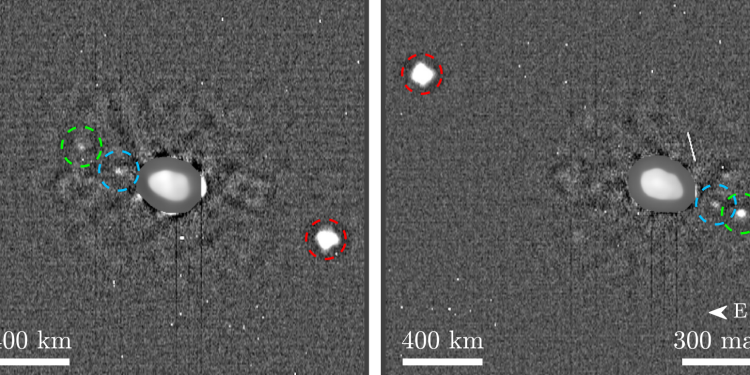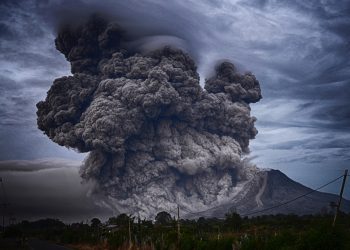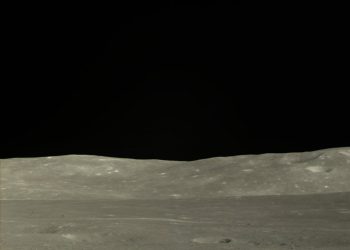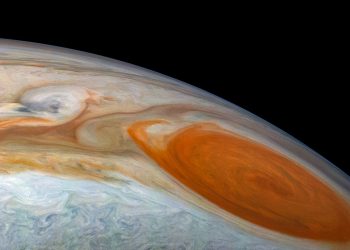Astronomers confirmed the first quadruple asteroid in history – this is Elektra from the Main Belt, which has now acquired a third satellite. The newly discovered object is more than a hundred times smaller than the parent body and makes one revolution around it in less than a day.
Asteroids with multiple satellites
For the first time, astronomers discovered a satellite to an asteroid in 1993 – nowadays, it is known as Dactyl and is 20 times smaller than the Main Belt asteroid (243) Ida, around which it revolves. To date, scientists know of 190 multiple asteroid systems and even bodies with rings. Studies of such systems allow us to understand how they formed and evolved.
Asteroid Elektra was discovered in the 19th century
Asteroid (130) Elektra was discovered on February 17, 1873, by astronomer Christian Peters and is located in the main asteroid belt. This is a large object with an effective diameter of 199 kilometers and a mass of 7 × 10 18 kilograms.
Asteroid Elektra’s first satellite is 6-diameters in diameter
In 2003, the Keck Observatory telescope discovered the S / 2003 (130) 1 satellite near asteroid Elektra, which has a diameter of 6 kilometers and is in a 5.3-day orbit around the parent body, at a distance of 1300 kilometers from it.
Asteroid Elektra’s second satellite is located 500 kilometers from it
The second satellite, designated S / 2014 (130) 1, was discovered in 2014 using the VLT complex. It has a diameter of about 2 kilometers and makes one revolution around Electra in 1.2 days, being at a distance of 500 kilometers from it.
New processing methods discovered the third satellite
A team of astronomers led by Anthony Berdeu of the National Institute for Astronomical Research of Thailand announced the discovery of the third satellite of Elektra, designated S/2014 (130) 2. The discovery was made using new methods of processing observations from the SPHERE (Spectro-Polarimetric) receiver. High-contrast Exoplanet REsearch facility) installed on the VLT complex, which monitored Elektra in 2014.
The new satellite makes an entire revolution in less than a day
The orbital period of the new satellite is 0.679 days, the semi-major axis of its orbit is 344 kilometers, and the orbital eccentricity is 0.33. Its brilliance is 15 thousand times less than that of the parent body, and its diameter is estimated at 1.6 ± 0.4 kilometers.
Thus, Elektra became the first known quadruple asteroid, and further observations of it will allow us to refine the orbits of all three satellites and test models of the system’s formation.
Several double asteroids flew by Earth in recent years
Asteroids come and go but some end up being more special than others. For example, asteroid 2020 BX12, which flew by Earth in February 2020 later turned out to be a binary system of bodies. The asteroid was actually classified as potentially hazardous due to the minimum orbit distance of 302 thousand kilometers.

Earlier in 2019, astronomers took a picture of another double asteroid that flew past Earth – 1999 KW4, which had a relative speed of more than 70,000 kilometers per hour. The near-Earth double asteroid 1999 KW 4 from the Aton group was discovered in 1999 and also belongs to the group of potentially dangerous objects.
In the course of orbiting with a period of 188 days, it crosses the orbits of the Earth, Venus, and Mercury and can approach the Earth by less than 0.05 astronomical units (20 distances from the Earth to the Moon).
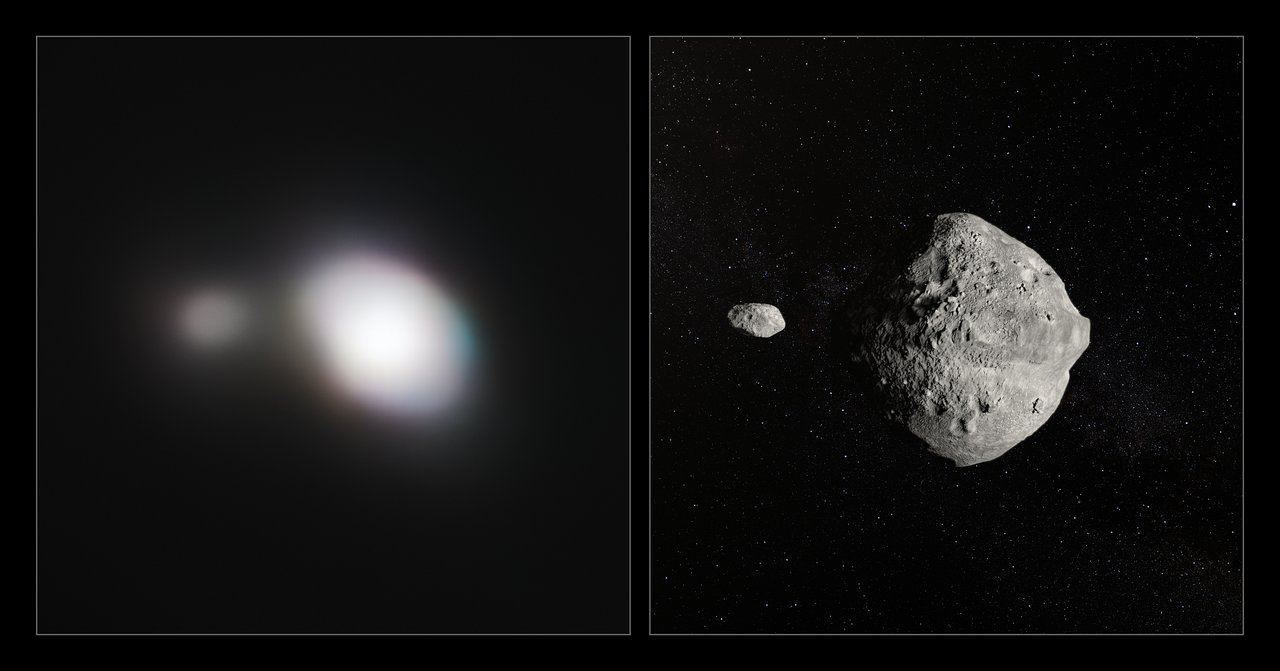
Join the discussion and participate in awesome giveaways in our mobile Telegram group. Join Curiosmos on Telegram Today. t.me/Curiosmos
Sources:
• Berdeu, A., Langlois, M., & Vachier, F. (2022, February 8). First observation of a quadruple asteroid – detection of a third Moon around (130) elektra with sphere/IFS. Astronomy & Astrophysics.
• ESO. (n.d.). Elektra: A new triple asteroid.
• ESO. (n.d.). ESO contributes to protecting Earth from dangerous asteroids – VLT observes a passing double asteroid hurtling by Earth at 70 000 km/h.
• Starr, M. (n.d.). Behold, this is the first asteroid ever discovered to have three moons. ScienceAlert.
• Steffen, L., Barns, J., & Steffen, A. D. (2022, February 21). Algorithm finds Triple-Moon asteroid for the first time. Intelligent Living.



